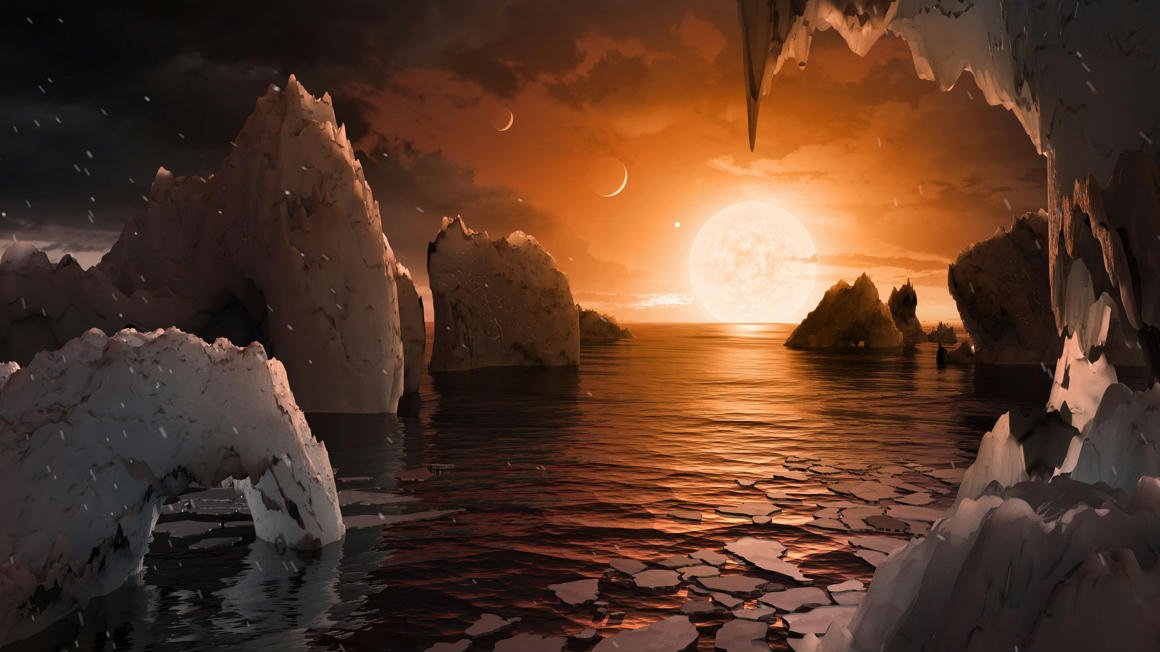international research group Discover Two of the planets that can be classified as super-Earths, that is, their masses are greater than that of Earth, but less than those of the smaller giant planets of the solar system, and they receive enough radiation from their star to prevent them from becoming. gas giants.
The two exoplanets orbit a star called LP 890-9, about 100 light-years from Earth. The star is a particularly fascinating red dwarf, and is the second-coolest star near which planets have been found, after TRAPPIST-1.
The system’s inner planet, LP 890-9b, is about 30% larger than Earth and orbits the star in just 2.7 days. The second planet, LP 890-9c, is slightly larger (40 percent larger than Earth), but the orbital period is much longer, 8 and a half days – due to the latter feature, the exoplanet is located in the so-called habitable zone.
“The habitable zone means that the surface temperature of a planet with Earth-like geological and atmospheric conditions would allow water to remain liquid for billions of years. This allows us to make further observations to see if the planet has an atmosphere and, if so, to study its contents and assess its habitability,” As said Amaury Triaud, chair of the SPECULOOS task force that led the observations that led to the discovery.
The next logical step is to examine the planet’s atmosphere with the James Webb Space Telescope (JWST), which LP 890-9c could therefore be the second most favored target among potentially habitable super-Earths – the exoplanet features only the one called TRAPPIST . -1e, the primary objective of JWST is enforced.
“It is important to discover as many temperate terrestrial worlds as possible in order to study the diversity of exoplanet climates and eventually be able to assess how many times biology has evolved in the universe” – cites The University of Birmingham announced the Foundation Professor of Astronomy and Physics.
Related articles on Qubit:












































